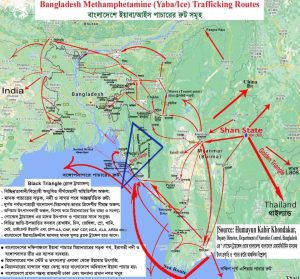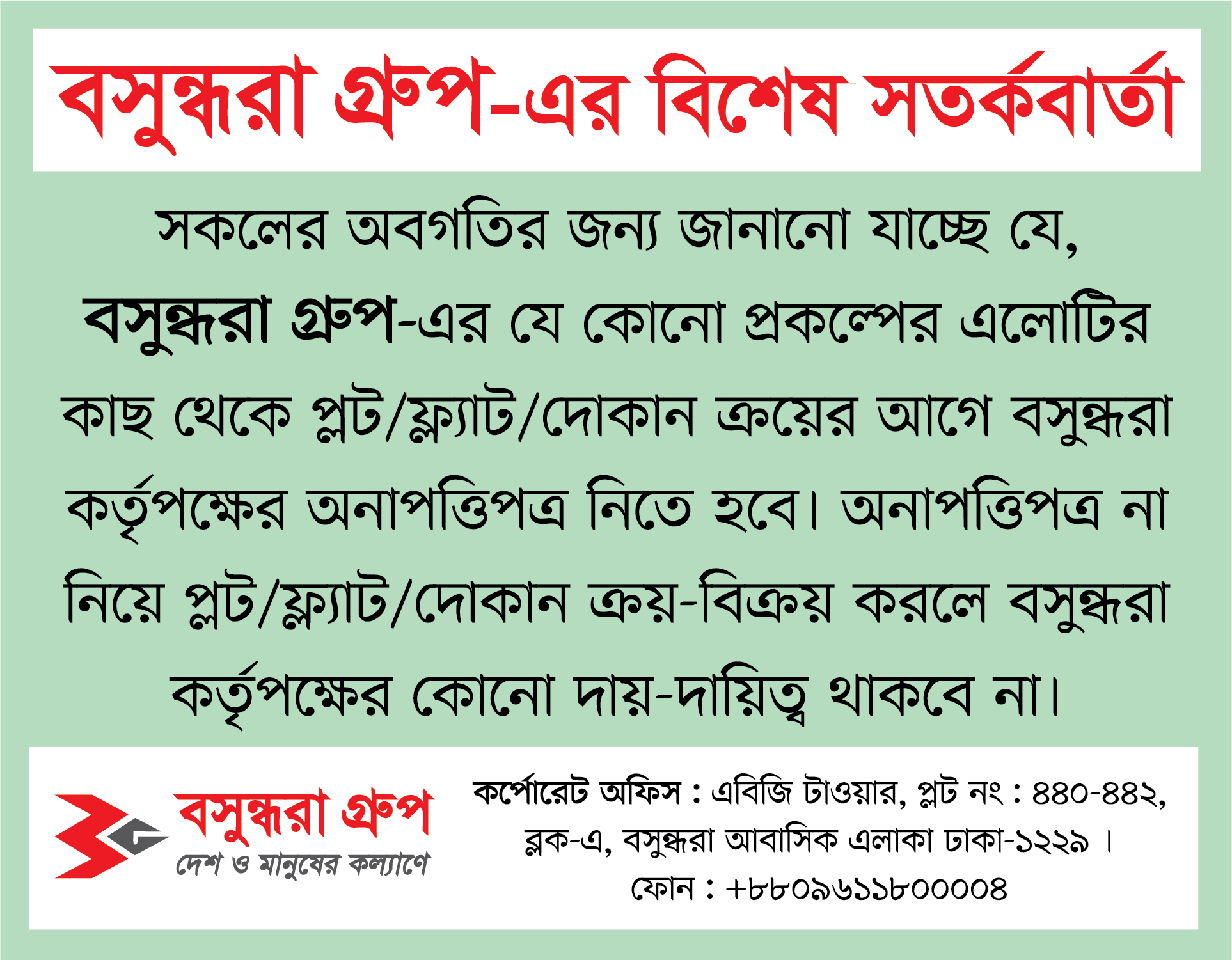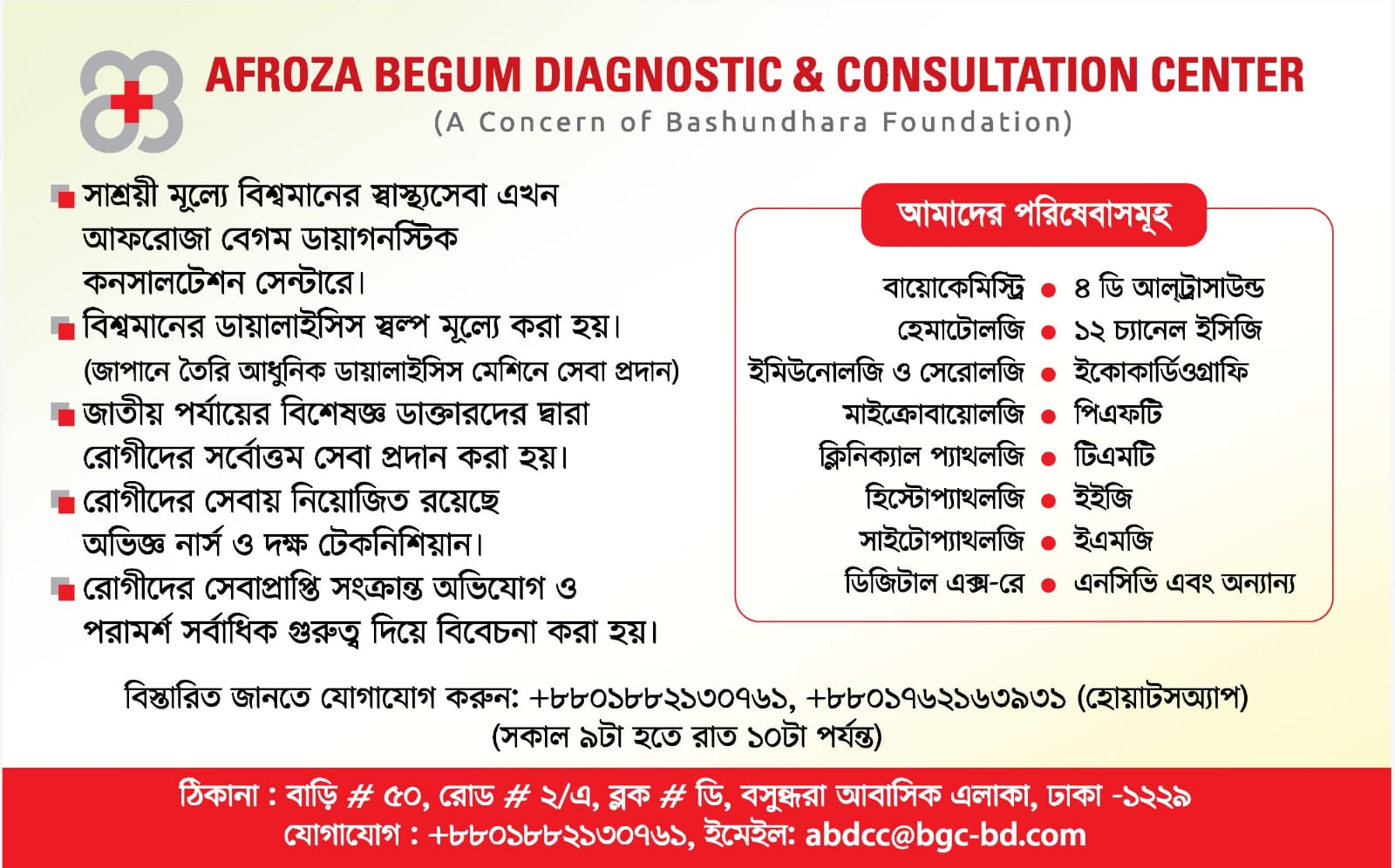
Staff Reporter : Various ethnic groups including Arakan Army (AA), Arakan Liberation Army (ALA), Chin National DefenseForce (CNDF), Chin Defense Force (CDF), Chin National Front (CNF), Arakan Rohingya Salvation Army(ARSA), Kuki Chin National Front (KNF), Mizu National Front (MNF) continue their activities in Myanmar’s Rakhine State and Chin State regions, and bordering Bangladesh and India. Among them, Paletwa, Chin Hills and Mayu Hills are the center of operations of the largest insurgent group, the Arakan Army. The Arakan Army controls the territory and administration of a significant portion of Rakhine State (Development Media Group,2023). The area has become a major center for ethnic conflicts, and drugs trafficking and drugs production. In 2015, the Arakan Army first established a strong position in Paletwa and used it as a military base. Arakan Hills and Chin Hills around Paletwa set it apart from other towns of the east. Chin Hill is located away from Matupi, another townin Myanmar. Although the Rakhine community is the majority in Rakhine State, Paletwa in Chin State has 83 percent Chin and 17 percent Rakhine (Frontier Myanmar, June 9, 2023) but Paletwa is now under Arakan Army control and administration. During fighting in the first quarter of 2024 between Myanmar military and Arakan Army, Rakhine and Southern Chin states townships- Paletwa, Mrauk-U, Kyauktaw, Myebon, Pauktaw, Ponnagyun, Minbya, Ramree, Taung Pyo Letwe, Rathedaung- in Black triangle region have come under Arakan Army control. The lawless situations and rouge state may make the region more vulnerable to drugs traffickers and producers. India-Bangladesh through Paletwa, and India and Rakhine capital ―Sittwe‖ through Kaladan River are easily connected. The Kaladan River in the region can play a major role in drugs and other contraband trafficking. A gray economy prevails here due to drug and other trafficking activities. Terrain, challenging socio-economic conditions and insecurity have concentrated opium poppy cultivation in Myanmar (UNODC, 2013). A similar situation prevails in Rakhine and Chin states.

The Black Triangle area, known for opium production and ATS trafficking, includes the Northern part of Myanmar‘s Rakhine State including Capital ̳Sittwe‘ and Southern Chin State including the Triangle region of the Chin Hills, Arakan Mountain Range & the Mayu Hills, and the remote border region of India’s Mizoram State adjacent to Myanmar’s Chin & Rakhine State, and Bangladesh-Myanmar remote border area including Naf River and adjacent Bay of Bengal coastal region. The rugged mountainous area, ethnic conflicts, absence of Government control and ethnic rebels control, and the confluence of rugged Big hills-Rivers-sea-land has made it a fascinating location for drugs trafficking, production and drugs economy Especially Yaba/Crystal Meth enters Bangladesh through this region. The triad’s rugged mountainous terrain, lack of control by the Myanmar government, close trafficking routes to the Bay of Bengal, and the presence of growing markets make the Black Triangle region a vulnerable area for drug production and trafficking. Various ethnic groups, including the Arakan Army, fund theiroperations from yaba/crystal meth trafficking, and opium production and trafficking. In 2023, 87 acres of poppies were destroyed in remote border areas of Thanchi, Ruma, Alikadam, Rowangchari upazilas of Bandarban, Bangladesh as well as 22.76 kg opium in 2022, and 26 acres poppy plants & 20.80 kg opium in 2021, were also seized. Moreover, the destruction and seizure of poppies and opium almost every year in these areas (Annexure-2).
Anti-military movements are strong in the Chin State, with the Arakan Army providing arms, training and ammunition to rebel groups in the state. China has been supplying arms to the Arakan Army and accused of using the Bangladesh-Myanmar border through the Bay of Bengal for arms smuggling (Chaudhury, 2020). Currently,the Arakan Army (AA) in Rakhine and the Chin National Organization (CNO)/Chin National Defense Force(CNDF) in the Chin State have good relations. On 13 April 2023, the Chin National Defense Force (CNDF) led the second of their Chin National Spring Revolution and Arakan Army Chief Major General Twan Mrat Naing’s participation in the anniversary indicates their long-term Control, so Myanmar military have to struggle for the regions. Various domestic-international licit and illicit activities, including separatist activities and other trafficking of narcotics for money in the remote Bangladesh-India-Myanmar trilateral border area and opium production in Myanmar’s Chin State and Rakhine State, opium production in the border hilly areas of India adjacent to the Chin State border, and flourishing methamphetamine trafficking, made the region known as a drug prone unstable region.

More than 1.20 million Rohingya are living as refugees of Myanmar along the borders of Rakhine State inBangladesh and are involved in criminal activities including drug trafficking. The Rohingya problem has long encouraged drug trafficking along the Myanmar-Bangladesh border. Numerous citizens of Chin State and Rakhine State have been displaced by the conflict between the government and the insurgents, and their opium production and yaba/crystal meth production and trafficking have been revealed. According to the UNODC report, opium production is reported in Chin and Rakhine state, and opium production is reported in India bordering Myanmar. The largest separatist organization of the Rakhine is involved in various trafficking activities including ATS along the Bangladesh-Myanmar-India border. Their involvement in opium production is also revealed. Rebel groups inthe Chin state and Rakhine state have established their own administrative units outside the control of the central government. Bangladeshi security forces are destroying opium poppy fields in remote mountainous areas in Bandarban and Rangamati districts of Bangladesh adjacent to Rakhine State. Various non-state armed groups areoperating independently in the region. Among them, the Arakan Army alone has more than 30,000 armed andtrained troops (Aljazeera, 16 January 2024). Increasing trade activities of China and India centered on the regionand their cooperation to separatist activities are increasing the problem in the long run. The remote Black Triangle border region of Bangladesh, India and Myanmar is home to many groups, whose borders are inhabited by indigenous communities. E.g. Rakhine (Marma in Bangladesh), Chin (Mizu in India), Daingnet (Chakma inBangladesh). In addition to Rakhine, Rakhine State also has minorities Rohinga, Mro, Khami, Thet, Daingnet etc, minorities (International Crisis Group, 2020). The Khumis are dominant in the southern part of Chin State. Inmany cases, they have to pay taxes to the Arakan Army. Many Mro leaders were killed in Buthidong and adjacent areas. Bangladesh has already been embroiled in the Rohingya problem for a long time, one of which is the problem of ATS (methamphetamine) trafficking, for which the Rakhine and Arakan Army are no less responsible.

Manufactured drugs or supplied ATS have the opportunity to be trafficked through various channels across theborders of Bangladesh, India or Myanmar. Golden Triangle has connectivity with Black Triangle. Yaba, crystal meth, heroin and other drugs produced in the Golden Triangle are obtained and trafficked in the Black Triangleregion. These two regions also correspond to political, economic and social realities. Due to its close links with drug producing regions, it is better known as a trafficking region. Just like the Mekong River in the Golden Triangle region, the Naf River, Kaladan River along with the Bay of Bengal play a role in drug production and trafficking in the Black Triangle. There is also a crowd of cargo ships including India and China to camouflage drugs trafficking here.
Source Article: “Golden Triangle to Bangladesh: Regional Analysis of ATS Sources, Trafficking Routes and Kingpin Involved, and Role of Regional Organizations”

